Bats are fascinating animals, and despite all the myth and creepiness surrounding them, they really remind one more of a drunk bird lost in the night sky than the blood-sucking creature they’re often made out to be. Of course, some really fall into that category, and unlike actual birds, bats don’t tend to grace us with their singsong — at least not in ways audible for us humans. But thanks to bat detectors, we can still pick up on it, and [Marcel] recently built a heterodyne bat detector himself.
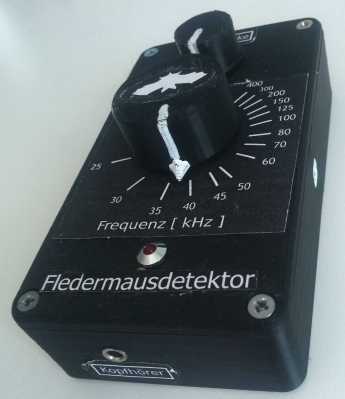
The detector is made with a 555, an MCP6004 op amp, and a 4066 analog switch — along with a bunch of passives — and is neatly packed into a 3D-printed case with a potentiometer to set the volume and center frequency for the detection. The bat signal itself is picked up by a MEMS microphone with a frequency range [Marcel] found suitable for the task. His write-up also goes in all the mathematics details regarding heterodyning, and how each component plays into that. The resulting audio can be listened to through a headphone output, and after putting together an adapter, can also be recorded from his smartphone. A sample of how that sounds is added in his write-up, which you can also check out after the break.
In case you want to give it a try yourself, [Marcel] put all the design files and some LTSpice simulations on the project’s GitHub page. If you are curious about bat detectors in general and want to read more about them, follow [Pat Whetman] down that rabbit hole, or have a look at this one made in Python for something more software-focused.
Continue reading “What Does The Bat Say? Tune In With This Heterodyne Detector”



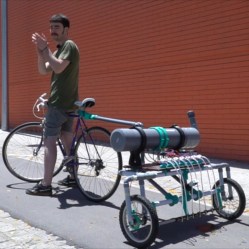



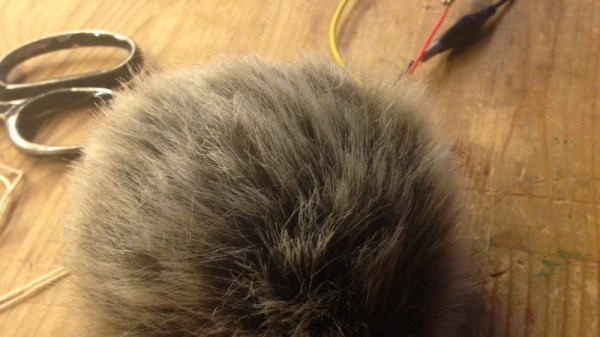
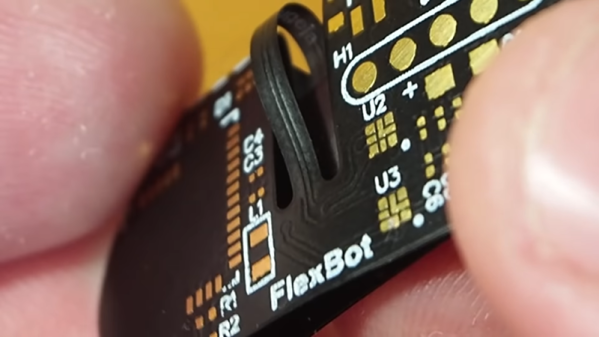
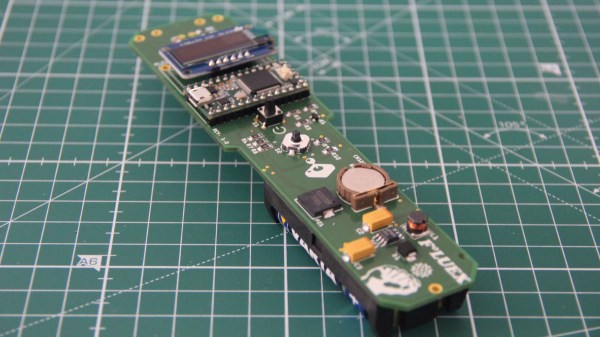
 Automated medical diagnostics is certainly an
Automated medical diagnostics is certainly an 














